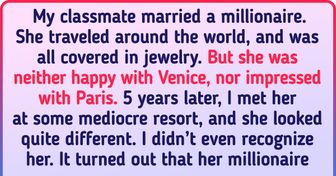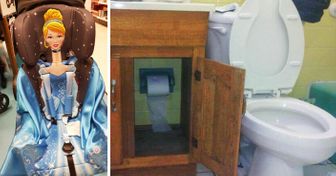18 Rich People Who Lost It All and Had to Find a Way to Make Ends Meet


When watching movies or TV shows, we enjoy seeing inside palaces, exploring their luxurious halls, secret passages, beautifully decorated rooms, and fireplaces. But in reality, life in palaces and castles was not as romantic as we think.
At Bright Side, we decided to find out how truthful these things about castles and palaces are. And in the bonus section, you’ll know what other wrong ideas we have about those times thanks to movies.
In the Middle Ages, cats had a bad reputation: people associated them with witches. Scientists have come to the conclusion that the reason for this hostility was the independent nature of cats.
Medieval people believed that animals were created to serve humans. And a cat, even a domestic one, can’t be trained like a dog. However, some people were not afraid of cats. They were kept as pets by people like by nuns, for example.
What did you find really weird about life in palaces and castles? Tell us in the comments below.











